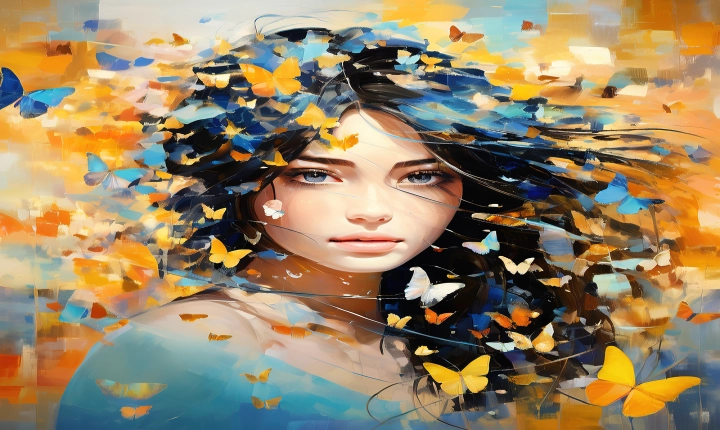Title: Can You Trademark AI-Generated Art? Exploring the Legal and Ethical Implications
Artificial intelligence (AI) has become a powerful tool in the creation of artworks, challenging traditional notions of authorship and ownership. As AI-generated art continues to gain prominence in the art world, questions arise about the possibility of trademarking these creations. This article aims to explore the legal and ethical implications of trademarking AI art.
Traditionally, trademarks are used to protect symbols, names, and designs that identify and distinguish products and services in the marketplace. However, the question of whether AI-generated art can be trademarked is complex, as it touches upon issues related to creativity, originality, and the human-AI collaborative process.
One of the main challenges in trademarking AI art lies in the concept of authorship. Unlike traditional art, AI art blurs the lines of authorship, as it is created through a machine learning process that involves algorithms and data inputs. Without a clear and singular human author, the question of who holds the right to trademark the artwork becomes unclear.
Furthermore, the originality of AI-generated art is a significant consideration when it comes to trademarking. Trademarks are typically granted to distinctive and unique creations that serve as identifiers in commerce. While AI can produce visually striking and intriguing artworks, the question of whether these creations possess the necessary originality to qualify for trademark protection is a point of contention.
Ethical considerations also come into play when discussing the trademarking of AI art. Some argue that granting trademarks for AI-generated works could raise concerns about the commodification of creativity and the potential exploitation of AI technologies. It also brings into question the broader ethical implications of treating AI-generated art as commercial property, especially when it comes to the involvement of AI systems in the creative process.
On the other hand, proponents of trademarking AI art argue that recognizing the value of AI-generated creations through trademarks could incentivize further innovation in AI art technology and support the growth of the AI art market. They also point out the potential benefits of trademark protection in fostering the commercial viability of AI art, which could ultimately benefit artists and developers working in the field.
As the debate around trademarking AI art continues, it is essential to consider the evolving nature of intellectual property rights in the context of emerging technologies. Addressing the legal and ethical implications of protecting AI-generated art is crucial in ensuring a balanced and fair regulatory framework that supports innovation while upholding the principles of creativity and authorship.
In conclusion, the question of whether AI art can be trademarked raises complex legal and ethical considerations. The challenges related to authorship, originality, and ethical implications underscore the need for a nuanced and thoughtful approach to addressing the trademarking of AI-generated art. As technology continues to shape the art world, the ongoing dialogue surrounding the protection of AI art will be essential in shaping the future of artistic innovation and intellectual property rights.
